In the past few years, much has been made of so-called dietary “superfoods.”
These foods, high in antioxidants and vitamins, are often touted as miracle cure-alls to help us all lose weight, clear our complexions, and generally get us right to peak physical health!
Of course, there are two problems with that idea. One is that no trendy “superfood” is a cure-all; any single food is just one small step in the overall process of developing a healthy diet and exercise regimen.
The other problem is that magazines and websites tend to only celebrate superfoods that are exotic and hopelessly expensive — and they often don’t even tell us the right way to eat them!
Meanwhile, there are plenty of good old-fashioned foods that pack just as big a nutritional punch as any trendy berry or herb, and at a much lower price.
Unfortunately, in the past 20 or so years, some of these foods have been unfairly overlooked by the ebb and flow of dieting trends.
Scroll through the gallery below to see which forgotten “superfoods” you can probably find right at your local market!
1. Eggs

Eggs are probably the most overlooked and misunderstood food around.
They acquired a terrible reputation for being unhealthy because of their high cholesterol content, but for a healthy person with normal cholesterol levels and no history of heart disease, eating one egg every other day is a great part of a balanced diet.
Eggs are one of nature's most perfect natural sources of protein, iron, and compounds that protect eyesight.
2. Clams
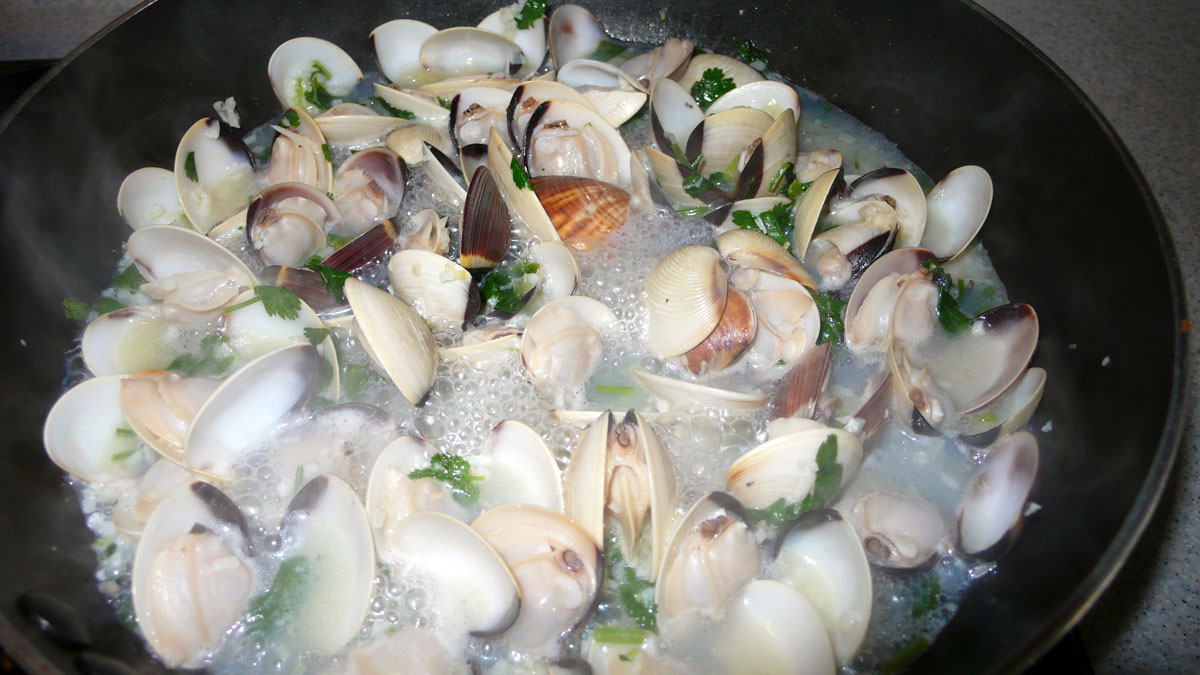
Clams, like eggs, are a food best enjoyed in moderation.
They sacrifice much of their nutritional value when we eat them deep fried or in a creamy-heavy chowder, but just three ounces of steamed or seared clams provide tons of iron, vitamin C, and omega-3 fatty acid, which is key to good heart health!
3. Coconut

OK, so coconut may not be as overlooked as it once was, but this vitamin-rich food deserves an even higher profile!
Coconut water, the liquid found in the fruit, is loaded with potassium for muscle health and electrolytes for hydration.
And, while the meat and oil are high in saturated fat, eating limited quantities can help raise "good" cholesterol!
4. Figs

Figs, either dried or fresh, are one of the best sources of dietary fiber around, and there's also some evidence that they help lower blood pressure and decrease some effects of diabetes.
You can find dried figs just about anywhere (look for ones without added sugar), but if you can get them, you may find that you prefer the light, juicy taste of fresh figs!
5. Olives
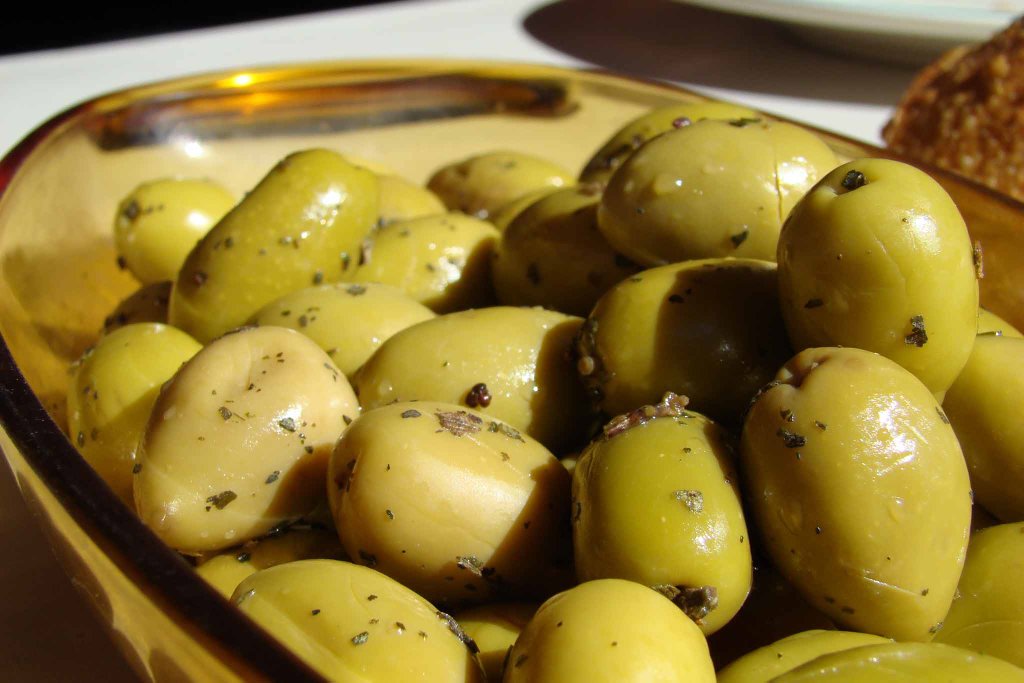
Like coconuts and many types of fish, olives are rich in fats, which made them a dietary no-no for years.
But, while you should only eat small servings due to their high sodium content, we now know that traditionally prepared Mediterranean olives promote excellent skin health with a heavy dose of vitamin E, help with inflammatory illnesses, and may lower your risk for some cancers.
6. Papaya
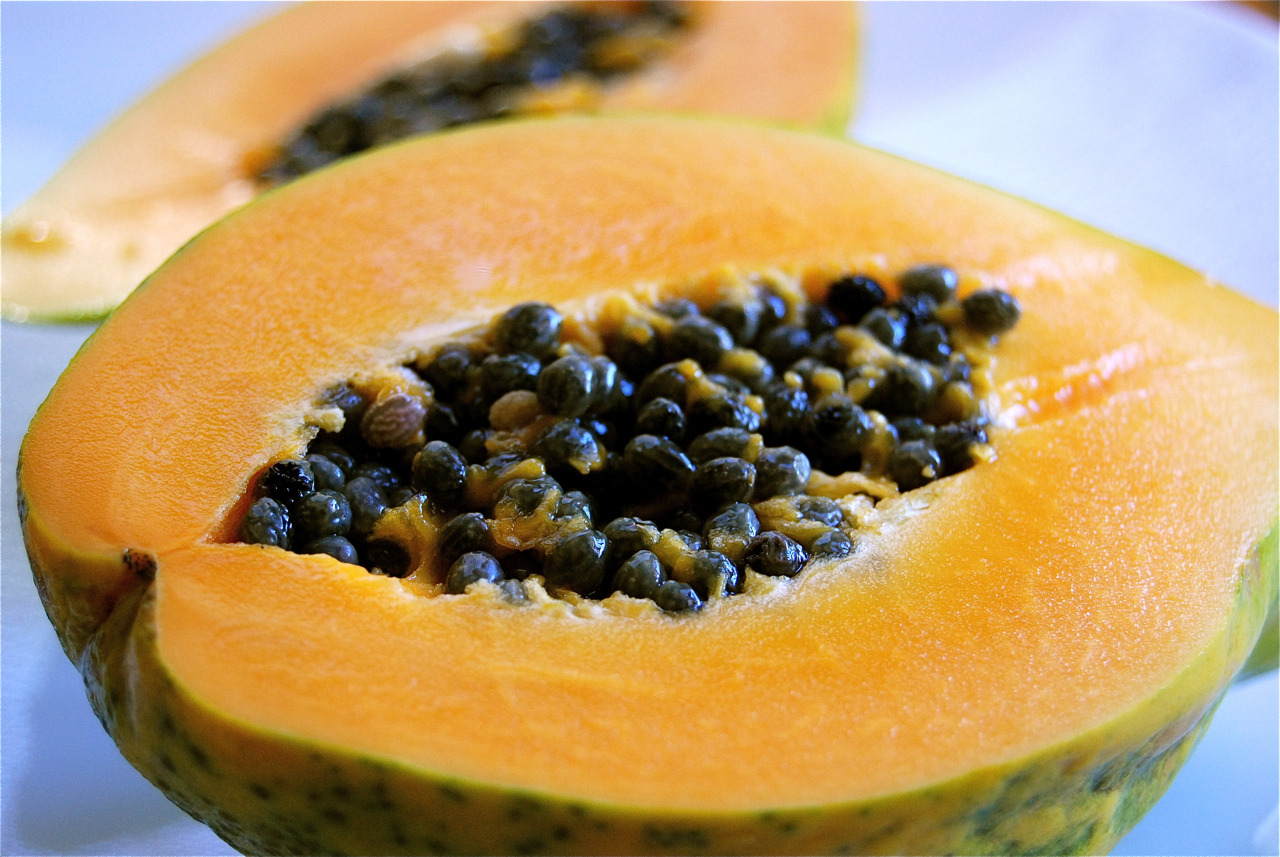
These days, even if you can't find fresh papaya at your grocery store, you should be able to find a dried version or a papaya juice.
This tropical fruit is absolutely delicious, and also packs a powerful antioxidant punch with generous quantities of vitamins A and C, and beta-carotene.
Plus, if you find papaya with a darker red-orange hue, it also has a high complement of cancer-fighting lycopene.
7. Seaweed
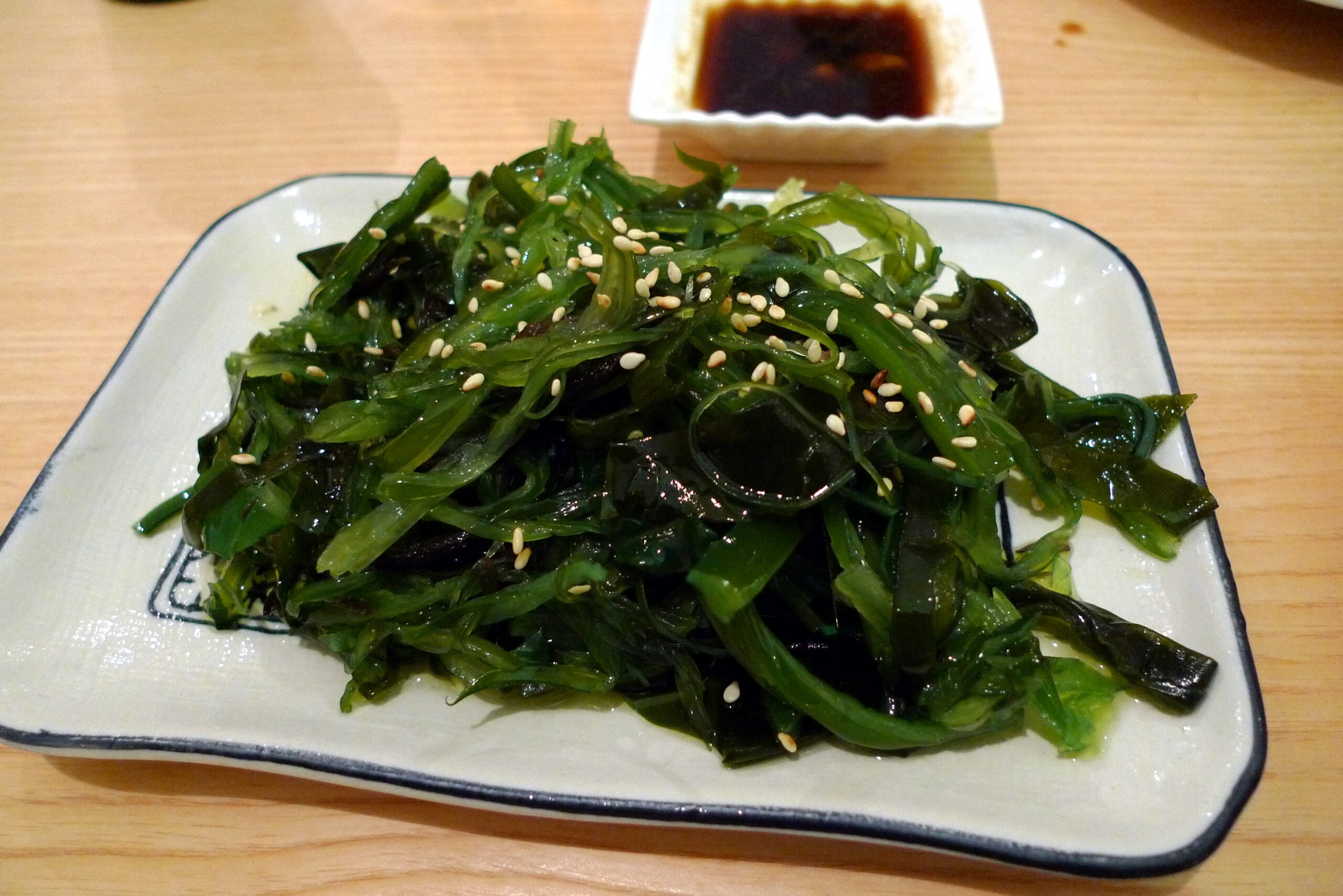
It may not be the most appetizing food to look at, but people have been eating seaweed for thousands of years.
Popular in coastal communities in Asia, South America, and Northern Europe, seaweed has become mainstream again, thanks to the growing popularity of Japanese cuisine.
Prepared correctly, it's delicious, and it's one of the world's only naturally occurring sources of iodine, which is key to good thyroid health.
8. Mushrooms
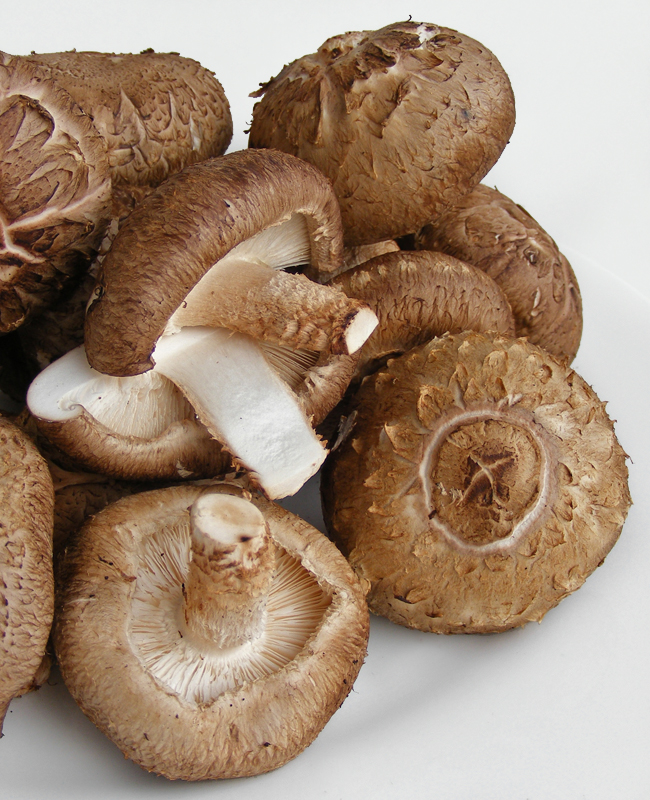
Edible mushrooms are great at absorbing nutrients from the environment, especially nutrients humans can't produce on our own.
Mushrooms are full of vitamin D from the sun, and provide an essential dose of copper, which is key to good cardiovascular health.
Plus, they offer the additional indirect benefit of adding flavor to dishes without the need for excess salt!
If you loved learning about all of the neglected superfoods available at most grocery stores, please SHARE on Facebook to spread the word about these amazing foods!




